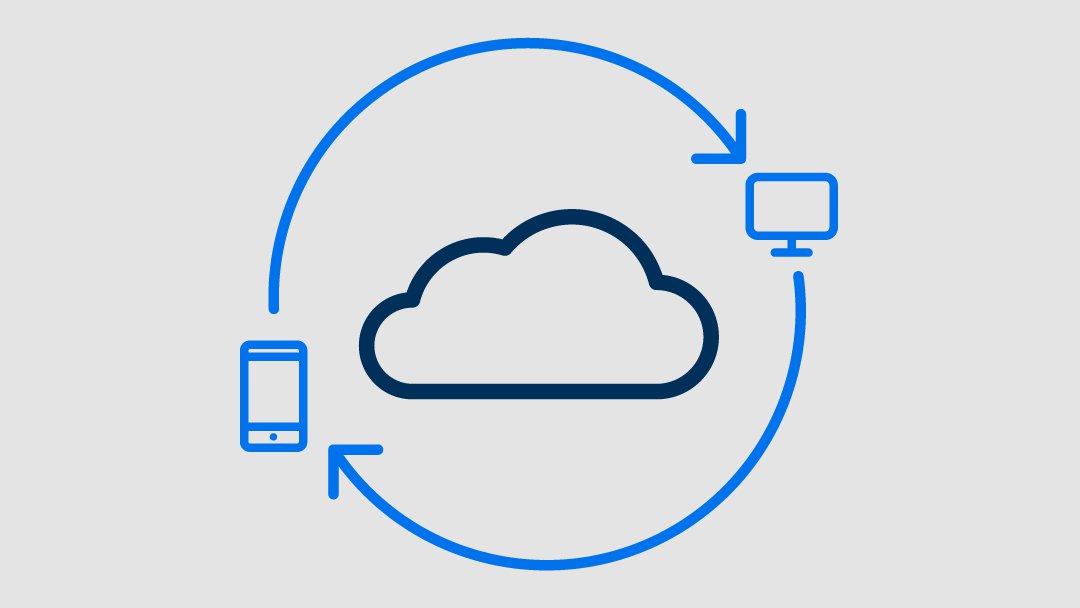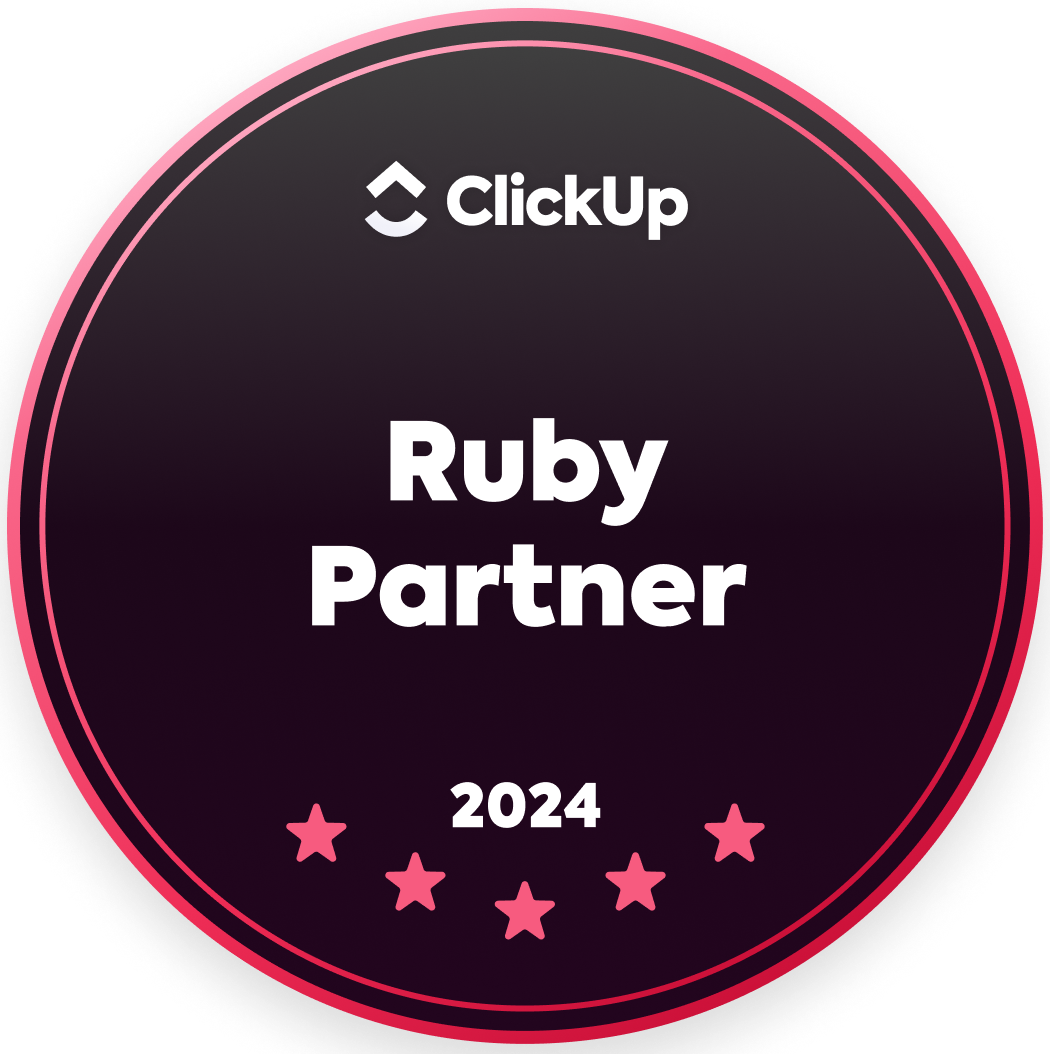|
by Brendan Regan Back in the early 00s, I was a project manager (PM). In a lot of ways, project management was the most challenging role I’ve ever worked in, and I’ve got huge respect for those who do it well. One of the most challenging responsibilities as a PM back then was when something went wrong with a project or process, and I was asked to do a “post-mortem.” Some people call them “autopsies” or “360 reviews,” but they’re synonymous. The point was to determine why a project came in late, or low-quality, or over budget. Or, when an ongoing process was supposed to provide predictable outputs, but failed to do so. This root cause analysis and reporting back to stakeholders usually involved tedious hours, or even days, spent combing through email threads to see where things got off track, where a critical piece of information was missed, or where a requirement was changed mid-project and the change wasn’t managed properly. Since most requirements were captured in “static” artifacts like spreadsheets, presentations, and authoring documents, there were often many different versions of the same document on hard drives or shared drives to examine to determine if “version control” was the culprit. I opened many spreadsheets with naming structures like “requirements_v2.3_FINAL_edited.xls.” It was maddening! More often than not, some tiny clerical error such as poor document versioning or forgetting to turn on “track changes” would knock the project requirements a few degrees off. Over the course of the project or process lifecycle, that small miss would cause significant problems with rework, delays, and cost down the line. Fast forward to present day. My team was recently asked to go through a post-mortem process. I watched in silent amazement as a coworker searched their calendar for relevant project meetings, then used the “version history” feature of a cloud-based document to, in minutes, track down root cause. They were able to cleanly document the breakdown to report back to stakeholders and discuss process improvements. It’s also noteworthy that this coworker had no formal project management training or experience. It was “native” and obvious to use cloud-based tools and features to track down root cause. I was struck by the thought that the cloud, and SaaS in particular, had transformed a tedious, manual process historically done by trained practitioners into something that any knowledge worker could do. Accountability, if that’s what you want to call it, is now much easier to arrive at.
So, cloud-based productivity and authoring tools allow anyone to track down where, when, and by whom a document was changed. It can now be done without relying on unstructured data that lives in our inboxes. This is great news for tightening up how requirements are adhered to, or not, during a standard “waterfall” project lifecycle. But, does it work for ongoing processes where project timelines overlap each other, scope is smaller, and velocity is much faster? Does it work in Agile environments? “Yes, but...” Without a cloud-based work execution platform, many modern projects and processes still suffer from a majority of their “meta data” living in unstructured systems like email, documents, status meetings, hallway conversations, and ever more often in messaging applications. There is still that switching from unstructured systems to systems of record. There is still that “human error” element where a simple copy/paste error can have cascading consequences. Work execution platforms like Smartsheet are solving for these problems and more within forward-thinking companies around the globe. The cloud is changing the transparency and accountability of work, for good. The question is: are you, your team, and your company well-positioned to improve how you execute work in an increasingly cloud-centric world? Smartsheet is the leading work execution platform designed to help you plan, capture, manage, automate, and report on your work — at scale. Source: Smartsheet Blog |
|
Care line: +603-9212 0157
|
Leave us your inquiry |
|
This company is registered with the Ministry of Finance, Malaysia.
Equip your organisation with digital solutions & training that inspire innovation and joy at work. Copyright © 2024 57Network Consultancy Sdn. Bhd. Company Registration number : 202001020346 (1376666-K) All rights reserved. |






